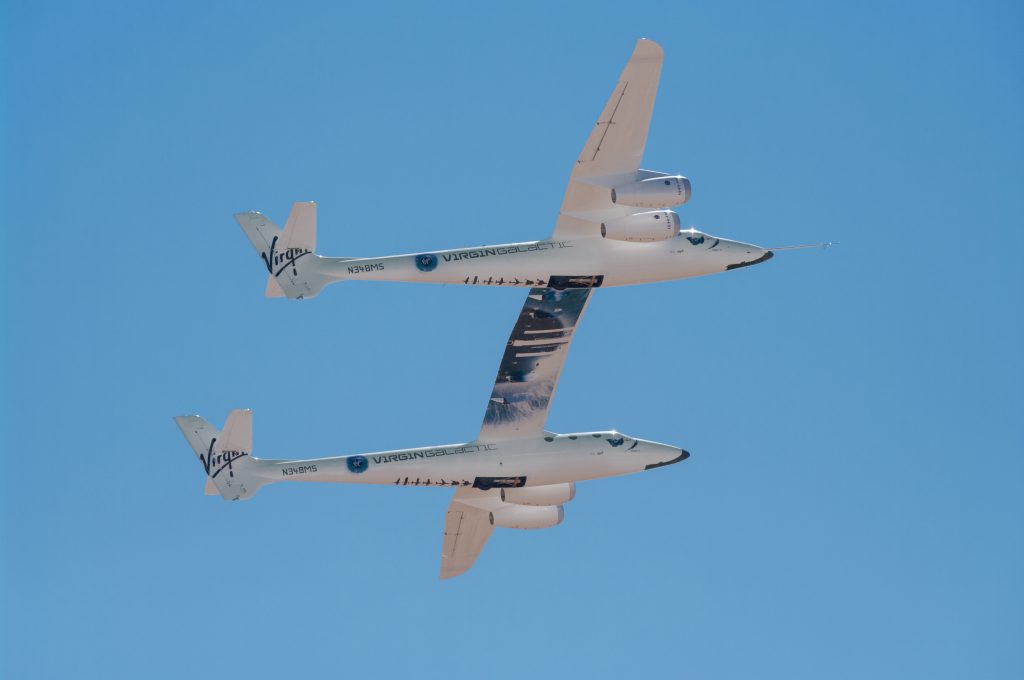
This image is licenced under Adobe Stock. Please refrain from using it without proper permission.
Carbon Fibre Pipes & the search for a space. A Virgin Atlantic story
How crazy was last month for space exploration! Getting to watch the VSS Unity successfully complete it’s maidan fully crewed space flight. Taking off from New Mexico, at around 50,000 feet, Unity detached and ignited its rocket motor, propelling the crew to the edge of space. The crew experienced several minutes of weightlessness, taking in breathtaking views of Earth, before descending and gliding back to a runway landing.
A spectacular accomplishment for space exploration, which must acknowledge the incredible engineering of the VSS unity & its mothership. One such component that must be acknowledged is the work of the carbon fibre pipe in one of space’s most ambitious projects of late.
Carbon fibre pipes possess unique properties that make them highly suited to deep space applications. They’re incredibly strong yet light, resistant to thermal expansion, and can tolerate high pressure – all of which are critical in space exploration & tourism.
The strength-to-weight ratio of carbon fibre is one of its most attractive properties for space exploration. In space travel, weight matters. Reducing the weight of a spacecraft can significantly decrease the fuel required, thereby increasing efficiency and cost-effectiveness which is especially important for space tourism and it’s already extortionate prices (we’re looking at you Virgin).
Despite their lightness, carbon fibre pipes possess exceptional strength, similar to or even greater than metals like steel. This combination of high strength and low weight makes carbon fibre pipes an ideal choice for structural components of spacecraft. Allowing them to be used in the construction of rocket bodies or the housing of various spacecraft systems.
Deep space is not a friendly place, and temperatures can quickly and easily go from one extreme to another. Thus materials used in spacecraft need to withstand these without losing functionality. Carbon fibre’s low thermal expansion makes it ideal for this, as it maintains its shape and strength even under substantial temperature changes.
Furthermore, space exploration often involves high-pressure situations, such as the intense pressure changes during a rocket launch or re-entry into Earth’s atmosphere. Carbon fibre pipes can tolerate these high pressures, ensuring the structural integrity of the spacecraft throughout its journey, while also making the journey a little bit more comfortable for its passengers.
